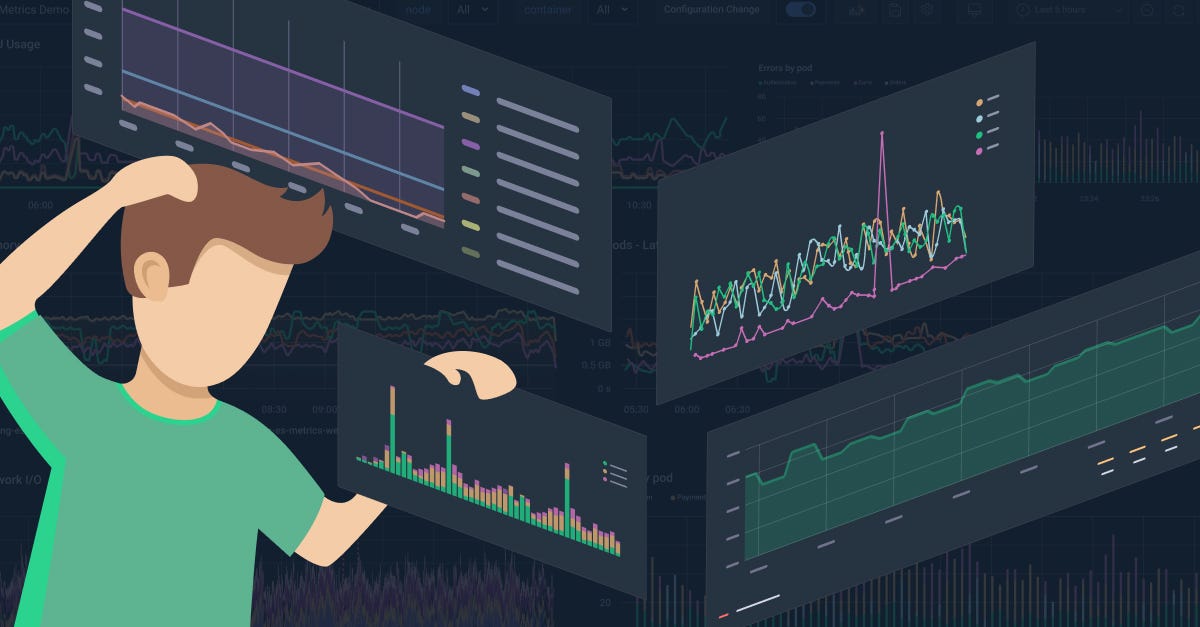- Let's make Cloud ☁️
- Posts
- Issue #12
Issue #12
Hello CloudMakers!
Today we shall see:
how to design effective dashboards for efficient troubleshooting
AWS observability accelerator for Terraform - a tool for streamlined monitoring of EKS clusters
a tool to visualize the impact of Git commands before execution
Enjoy!

A Guide to Effective Dashboard Design
Dashboards are super helpful for keeping track of your systems and fixing problems. But it can be frustrating when you jump into a dashboard during an emergency and can't find what you need because there's too much data, too many colours, inconsistent labels, or just a confusing design. Good dashboard design requires a balance of data and simplicity. It's not just about having all the data, it's about having it presented in a way that makes it easy to understand.
In this guide, the author walks us through the basics of designing a dashboard that actually helps you troubleshoot problems, rather than causing more headaches. He gives us tips on thinking like a user experience designer and keeping things simple, so we can save time and stay focused on what matters.

AWS Observability Accelerator for Terraform
The AWS Observability accelerator is a helpful tool for developers looking to monitor their EKS clusters on AWS. It includes a core Terraform module that simplifies the setup process, integrating with AWS observability services, as well as a set of workload modules with pre-configured ADOT collectors, Grafana dashboards, Prometheus rules, and alerts. These modules allow you to easily monitor and troubleshoot your applications and infrastructure in real time, making the whole process much smoother and more efficient. If you’re just getting started from scratch installing a new cluster, the AWS Observability accelerator is a great resource to set up everything in no time.

Visually Simulate Git Operations
Have you ever struggled with understanding the impact of a Git command before executing it? I know I have, and I'm sure I'm not alone in feeling sometimes overwhelmed by the complex concepts and commands in Git.
So, the author of this article has created a tool called Git-Sim, a free and open-source command-line tool written in Python that helps Git users understand the impact of Git commands on their local repository before they are executed. Git-Sim provides visual simulations of Git commands through images or video animations, addressing the limitations of text-based dry-run outputs and catering to visual learners. Give it a try and let me know what you think!

Thank you for reading my newsletter!
If you liked it, please invite your friends to subscribe!
If you were forwarded this newsletter and liked it, you can subscribe for free here:
Have you read an article you liked and want to share it? Send it to me and you might see it published in this newsletter!
Interested in old issues? You can find them here!



